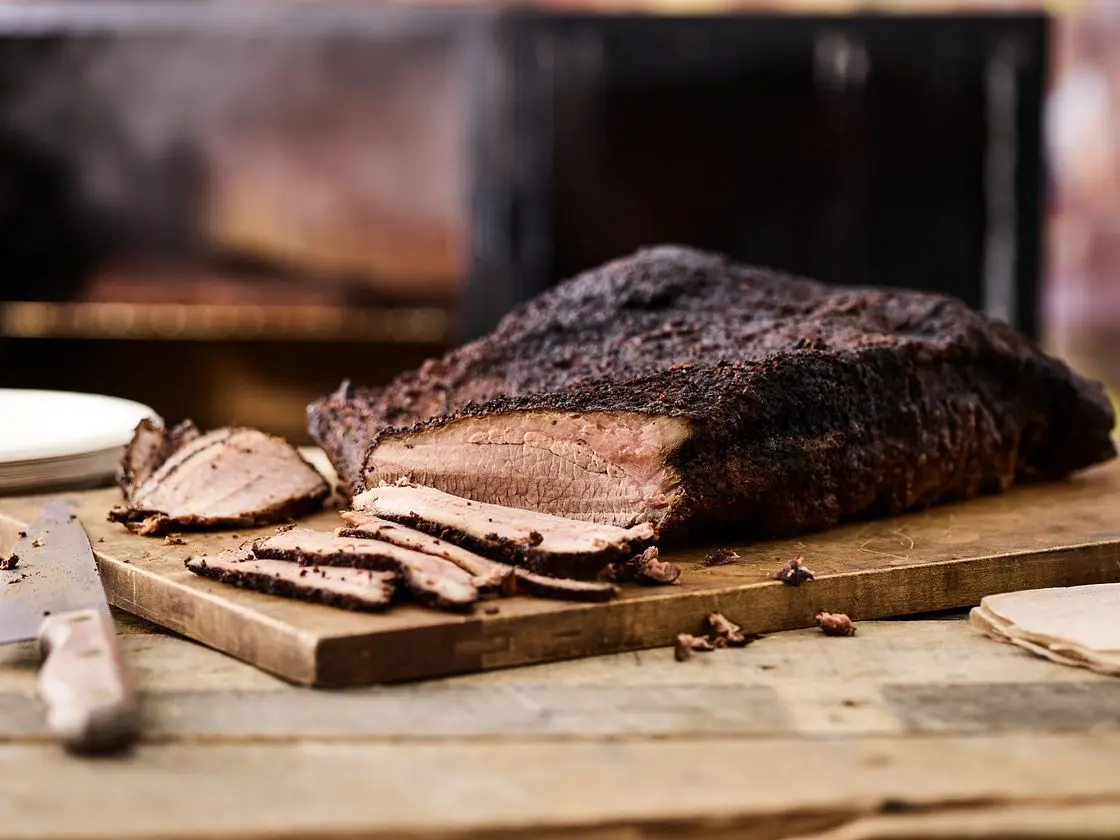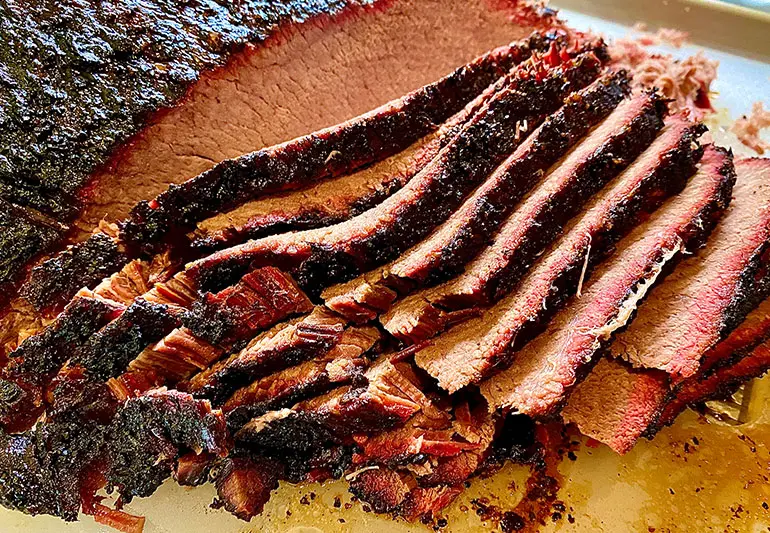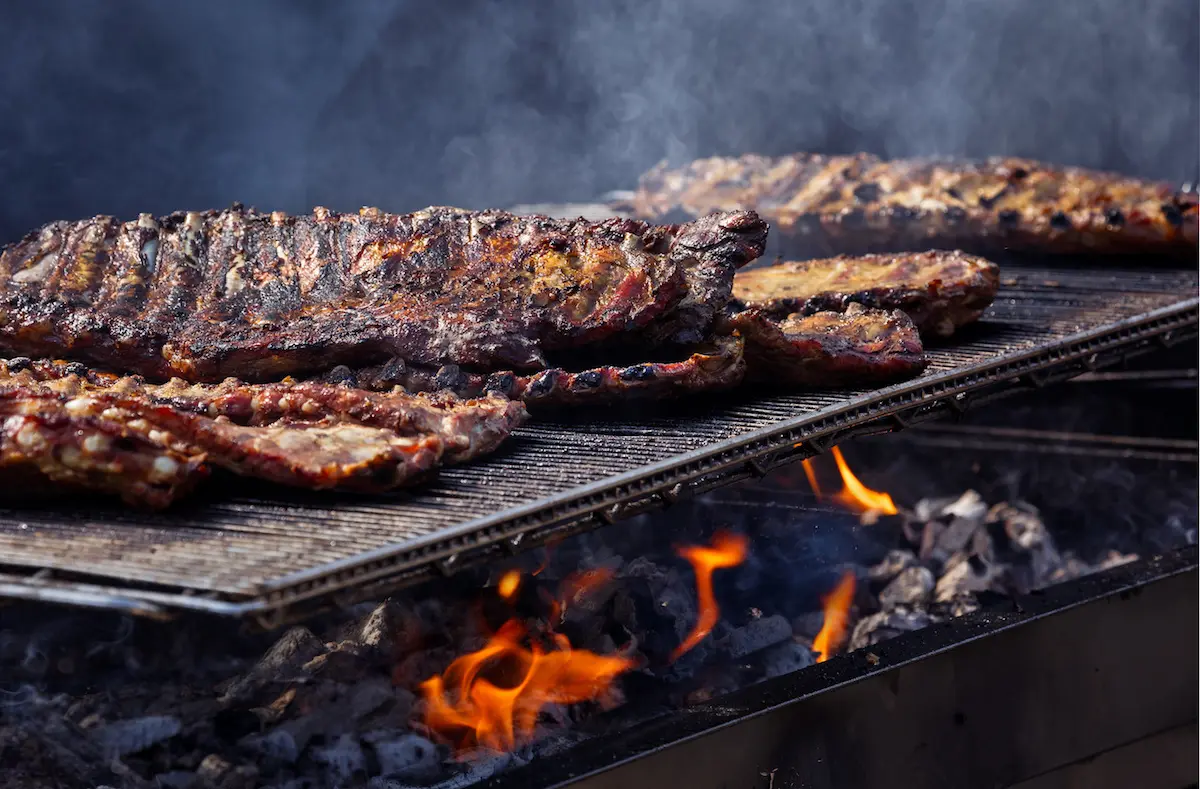Introduction:
When it comes to barbecue, there are countless methods and flavors to explore. One unconventional technique that has been gaining popularity in recent years is tobacco smoked meat. Yes, you read that right - using tobacco as a smoking agent to infuse unique flavors into your favorite cuts of meat. In this article, we will delve into the world of tobacco smoked meat, discussing its history, the process of smoking with tobacco, and the flavors it imparts. So, sit back, relax, and get ready for a smoky journey like no other.
The Origins of Tobacco Smoked Meat
Tobacco smoked meat is not a new concept. It has its roots in Native American cooking traditions, where tobacco leaves were used not only for smoking meats but also for medicinal and ceremonial purposes. The Native Americans believed that smoking meat with tobacco would enhance its flavor and provide additional health benefits.
Over time, this practice spread to different cultures and regions, each adding their own unique twists and flavors to the technique. Today, tobacco smoked meat has become a niche culinary art form, attracting adventurous food enthusiasts and BBQ aficionados alike.

Can Tobacco be Used in Cooking?
Short answer: Yes, tobacco can be used in cooking, but it should be done with caution and in moderation.
In recent years, there has been a growing interest in using tobacco as an ingredient in cooking. Chefs and home cooks have experimented with incorporating tobacco into various dishes, from desserts to cocktails. However, it is important to note that tobacco contains nicotine, which is a highly addictive substance and can be harmful to your health.
When it comes to smoking meat with tobacco, the nicotine content is significantly reduced due to the low combustion temperature. The primary purpose of using tobacco in this context is to infuse unique smoky flavors into the meat, rather than to consume nicotine.
The Process of Tobacco Smoking
Smoking meat with tobacco follows a similar process to traditional barbecue smoking, with a few modifications to accommodate the tobacco flavor infusion.
Step 1: Choosing the Right Tobacco
Not all tobacco is suitable for smoking meat. It is important to select tobacco leaves that are free from any additives or chemicals. Natural tobacco leaves, such as those used for rolling cigars or pipes, are the best option for this purpose. Be sure to choose a tobacco variety with a flavor profile that complements the meat you plan to smoke.
Step 2: Preparing the Tobacco
Before using the tobacco, it needs to be properly prepared. Start by soaking the tobacco leaves in water for a few hours to remove any excess nicotine. This step helps to reduce the intensity of the tobacco flavor and prevents any potential health risks.
Step 3: Setting up the Smoker
Prepare your smoker by setting it to the desired temperature. It is recommended to use a low and slow cooking method for tobacco smoked meat. The ideal temperature range is between 225°F and 250°F (107°C and 121°C).
Step 4: Adding the Tobacco
Once the smoker is ready, add a handful of soaked tobacco leaves to the smoking chamber. You can either wrap the leaves in aluminum foil or place them directly on the charcoal or wood chips. The tobacco leaves will release aromatic smoke as they slowly burn, infusing the meat with their distinct flavors.

Step 5: Smoking the Meat
Now it's time to place your seasoned meat onto the smoker racks. Close the lid and let the meat smoke for several hours, depending on the cut and thickness. The tobacco smoke will penetrate the meat, adding a unique and smoky taste.
The Unique Flavors of Tobacco Smoked Meat
One of the main attractions of tobacco smoked meat is the distinct flavors it imparts. The tobacco smoke adds a deep and earthy undertone to the meat, enhancing its natural flavors. The specific taste will vary depending on the type of tobacco used, the cut of meat, and the smoking time.
Some common flavor profiles associated with tobacco smoked meat include:
- Rich and Smoky: The tobacco smoke infuses the meat with a rich, smoky flavor that lingers on the palate.
- Earthy and Woody: The natural tobacco leaves add an earthy and woody undertone to the meat, reminiscent of a campfire.
- Slightly Bitter: Depending on the tobacco variety, there may be a subtle bitterness to the smoked meat, adding complexity to the overall taste.
Tobacco Smoked Meat
Is tobacco smoked meat safe to eat?
When prepared correctly and consumed in moderation, tobacco smoked meat is safe to eat. However, it is important to note that excessive consumption of nicotine can have adverse health effects.
Can I use any type of tobacco for smoking meat?
No, not all types of tobacco are suitable for smoking meat. It is best to use natural tobacco leaves without any additives or chemicals.
Can I smoke meats with cigarette butts?
No, using cigarette butts for smoking meats is not recommended. Cigarette butts contain additional chemicals and additives that may be harmful when consumed.
Can I use tobacco smoked meat in recipes calling for traditional smoked meat?
Yes, tobacco smoked meat can be used as a substitute for traditional smoked meat in recipes. However, keep in mind that it will impart a unique flavor profile to the dish.
In Conclusion
Tobacco smoked meat offers a unique twist on traditional barbecue, adding depth and complexity to your favorite cuts of meat. While it may not be a technique for everyone, adventurous food enthusiasts and BBQ lovers can enjoy experimenting with this unconventional smoking method. Just remember to use natural tobacco leaves and consume tobacco smoked meat in moderation. So, why not embark on a smoky journey and give tobacco smoked meat a try?
If you want to know other articles similar to Tobacco smoked meat: exploring the unique flavors of an unconventional bbq you can visit the Barbecue category.


Related Articles